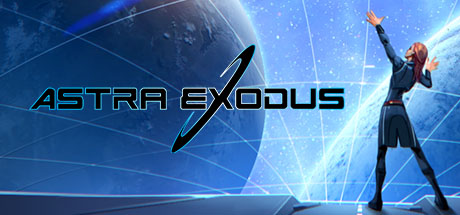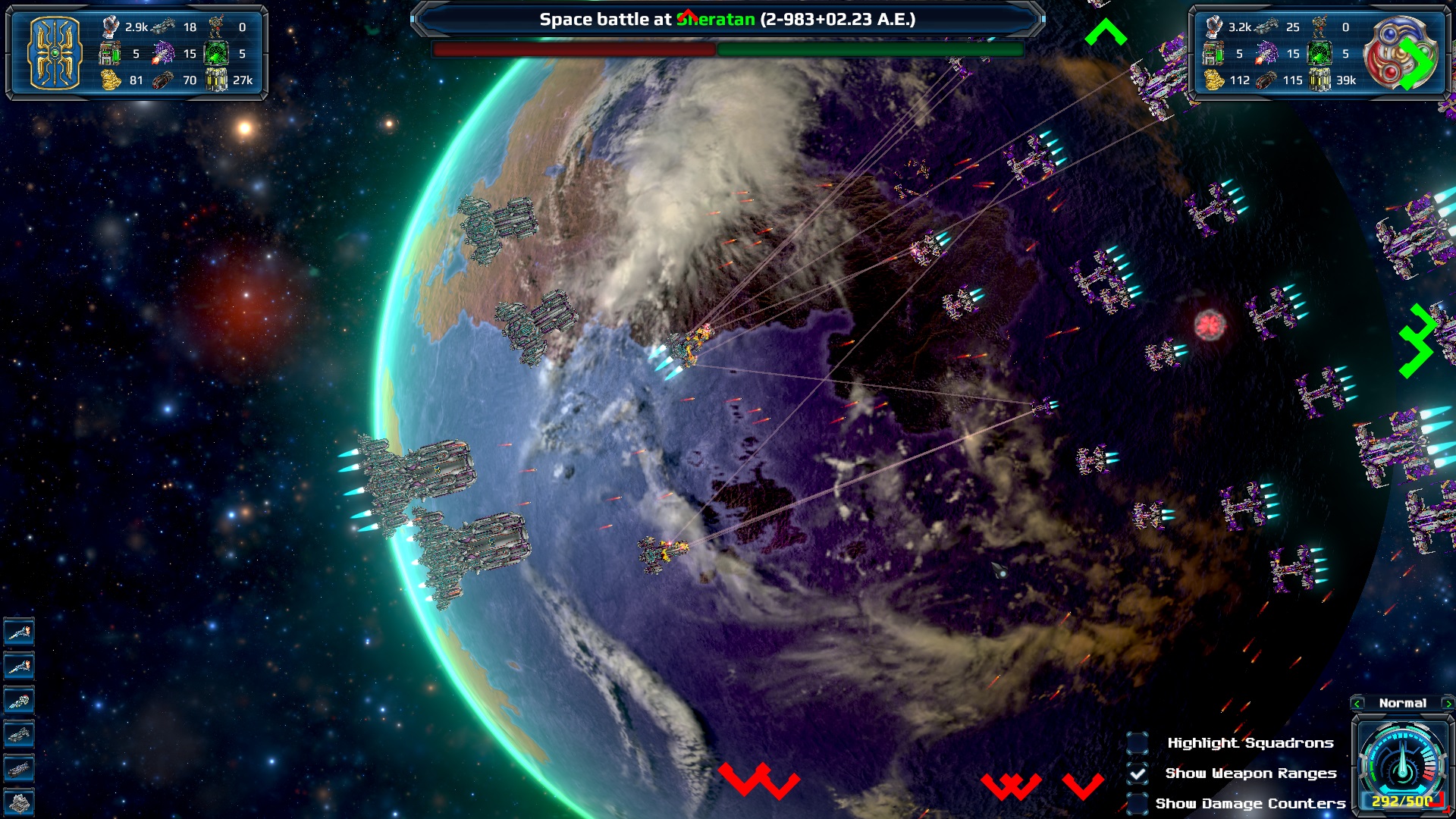 |
| This how the ships came in the game |
 |
| Front and Back of the Ship Command Placard |
Heart of Leviathan Wave 1 Expansion by imageStudios I did a review of the game (link will be at the ...

For your Wargamer, Toy soldier collector, MiniFig collector, military history nut. Reviews, interviews, Model Making, AARs and books!
 |
| This how the ships came in the game |
 |
| Front and Back of the Ship Command Placard |
Combat Mission Fortress Italy Rome to Victory by Battlefront So, Winston Churchill has made his second gre...

For your Wargamer, Toy soldier collector, MiniFig collector, military history nut. Reviews, interviews, Model Making, AARs and books!
Carthage's Other Wars Carthaginian Warfare Outside The 'Punic Wars' Against Rome by Dexter Hoyos ...

For your Wargamer, Toy soldier collector, MiniFig collector, military history nut. Reviews, interviews, Model Making, AARs and books!
The Space 4X, it calls to strategy gamers like a siren song, leading game developer after developer to take a stab at creating ...

For your Wargamer, Toy soldier collector, MiniFig collector, military history nut. Reviews, interviews, Model Making, AARs and books!


Richard III and the Battle of Bosworth by Mike Ingram To start with, we must discuss the books title. It is so te...

For your Wargamer, Toy soldier collector, MiniFig collector, military history nut. Reviews, interviews, Model Making, AARs and books!
Wars Across the World: Spain 1936 by Strategiae Avalon Digital I had reviewed the base game and its ...

For your Wargamer, Toy soldier collector, MiniFig collector, military history nut. Reviews, interviews, Model Making, AARs and books!
BATTLES OF THE BLACK CAVALRY HILL262 - CHAMBOIS from STRATEGEMATA My experience up to now of this small Polish war games company ...

For your Wargamer, Toy soldier collector, MiniFig collector, military history nut. Reviews, interviews, Model Making, AARs and books!
Wing Leader Eagles 1943-1945 Wing leader Expansion Nr 2 by GMT Games First things first, this is an expansi...

For your Wargamer, Toy soldier collector, MiniFig collector, military history nut. Reviews, interviews, Model Making, AARs and books!

A Wargamers Needful Things is a one stop blog for Wargamers, Military Minifig collectors, Toy Soldier collectors and military history obsessives. We will do our upmost to cover in depth as much as possible. We shall be reviewing books, miniatures\toy soldiers, MiniFigs and of course games, plus interviews, model making and AARs! Quote from a reader.. "Your site is a much needed breath of fresh air, I absolutely love the spectrum of things you cover/review. Keep up the great work. "
Follow Us